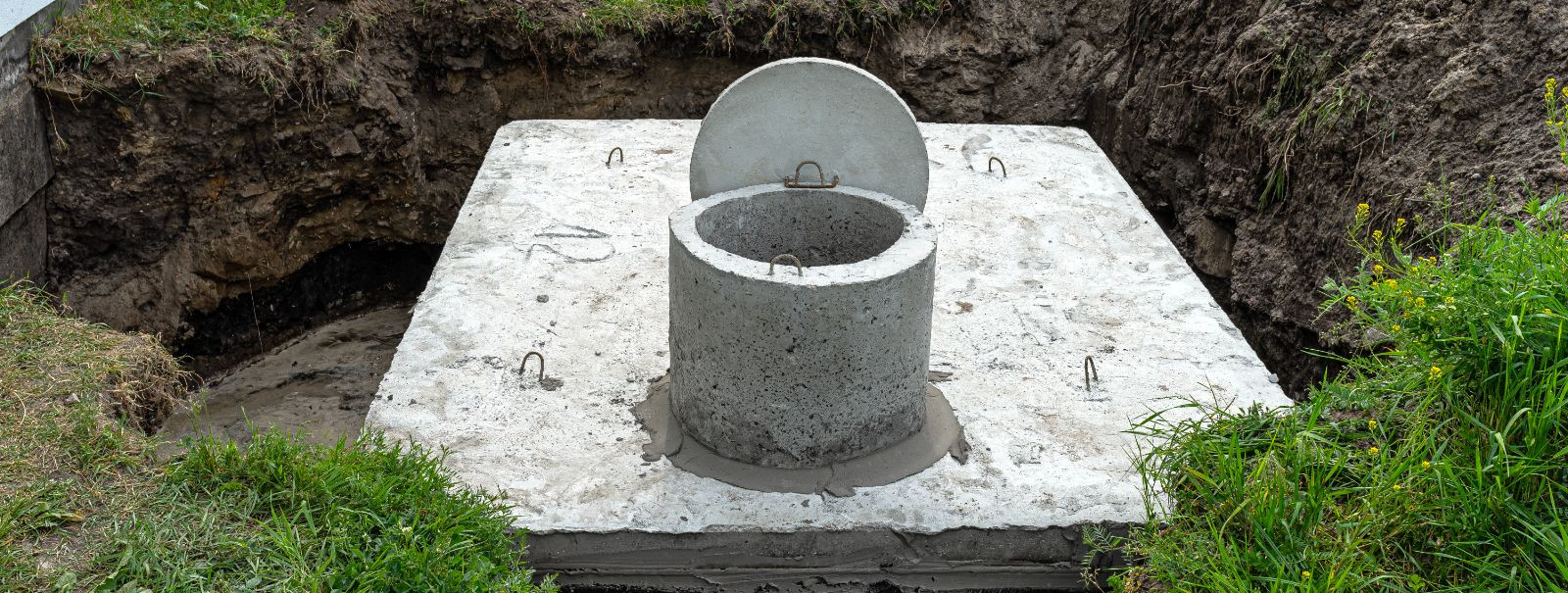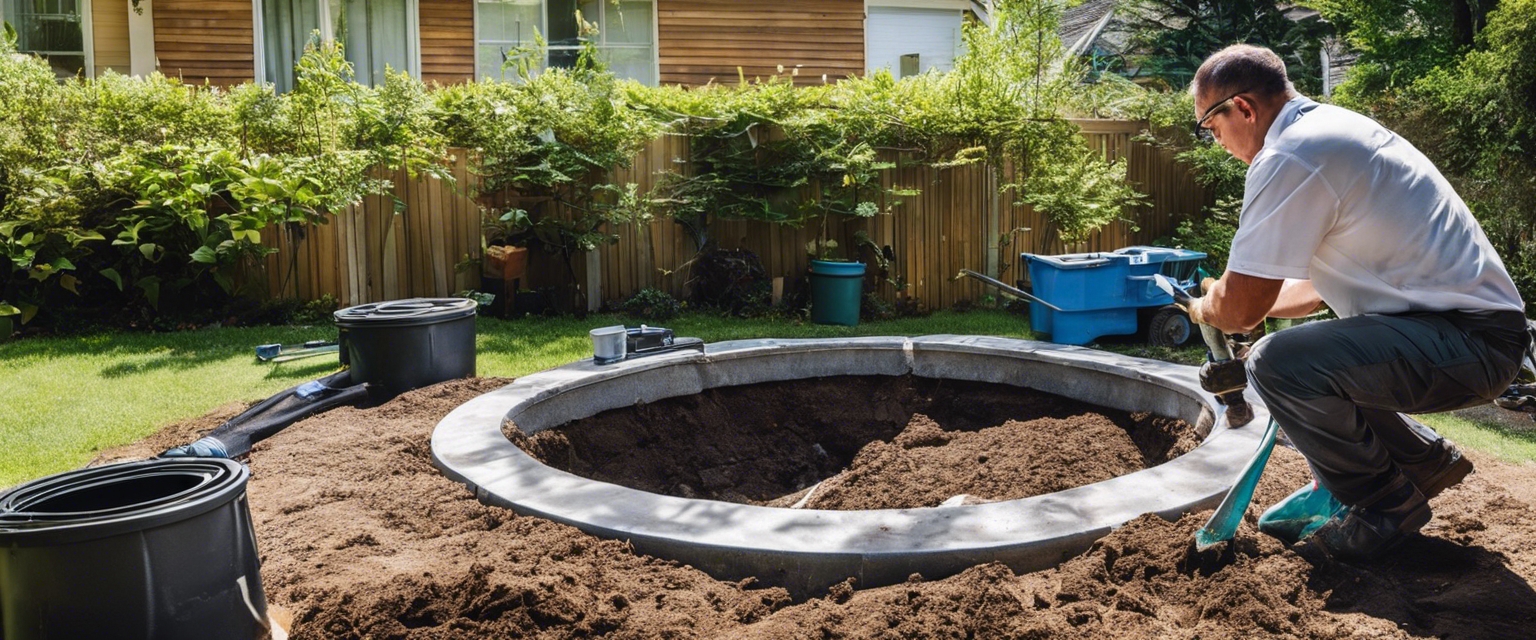The homeowner's guide to septic tank installation
A septic system is an underground wastewater treatment structure commonly used in rural areas without centralized sewer systems. It uses a combination of nature and proven technology to treat household wastewater from plumbing fixtures (bathroom, kitchen, laundry).
Septic systems are beneficial for several reasons: they reduce pollution, conserve water, and are cost-effective solutions for long-term waste management. They are also adaptable to a variety of soil types and property sizes.
There are various types of septic systems designed to meet different needs. The most common include conventional systems, chamber systems, drip distribution systems, and aerobic treatment systems, each with its own set of installation requirements and maintenance practices.
Pre-Installation Considerations
Before installing a septic system, it's important to assess the property's soil type, topography, and size. A percolation test may be required to determine the soil's absorption rate.
Local health department regulations and building codes will dictate the process for obtaining a permit for septic system installation. It's crucial to comply with these regulations to ensure the safety and effectiveness of your system.
Selecting the right size and type of septic tank is essential for the system's efficiency. Factors such as the number of bedrooms in the home and the daily wastewater flow should be considered.
The Installation Process
The installation process involves several steps, including site preparation, excavation, tank placement, and connection to the home's plumbing system. Detailed instructions will guide homeowners through each stage.
While some homeowners may consider a DIY approach to septic tank installation, it's highly recommended to hire professionals due to the complexity and importance of proper installation.
Homeowners should expect heavy equipment on their property, potential landscape alterations, and a period of construction. Proper planning can minimize disruptions.
Maintenance and Care
Maintaining a septic system is critical for its longevity. This includes regular inspections, pumping, and monitoring of the system's performance.
There are specific practices to follow, such as conserving water and avoiding flushing harmful materials, to keep the septic system functioning properly.
Homeowners should contact a professional for regular maintenance, if they notice signs of system failure, or if they plan to make any home improvements that could affect the septic system.





Kommentaarid (0)